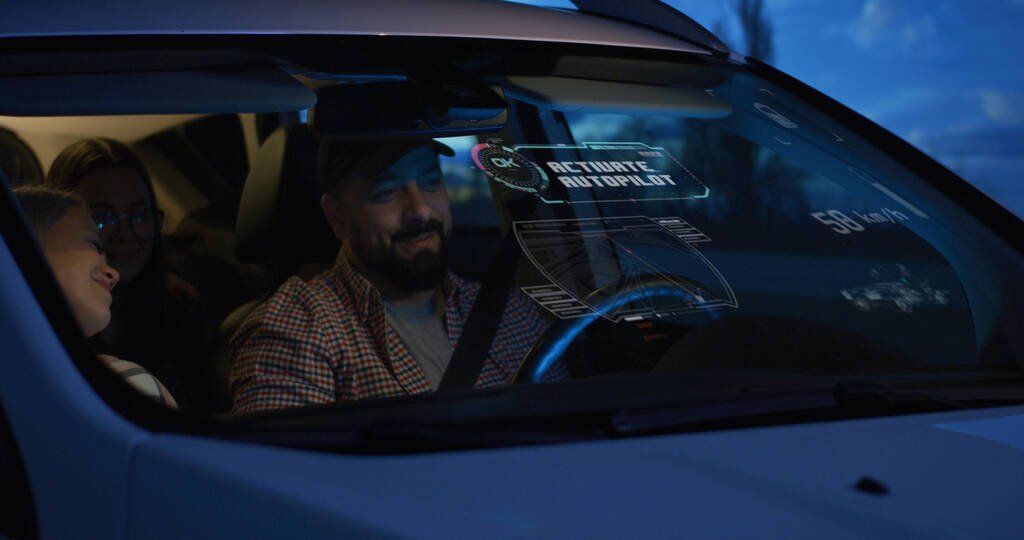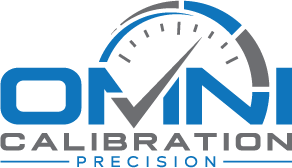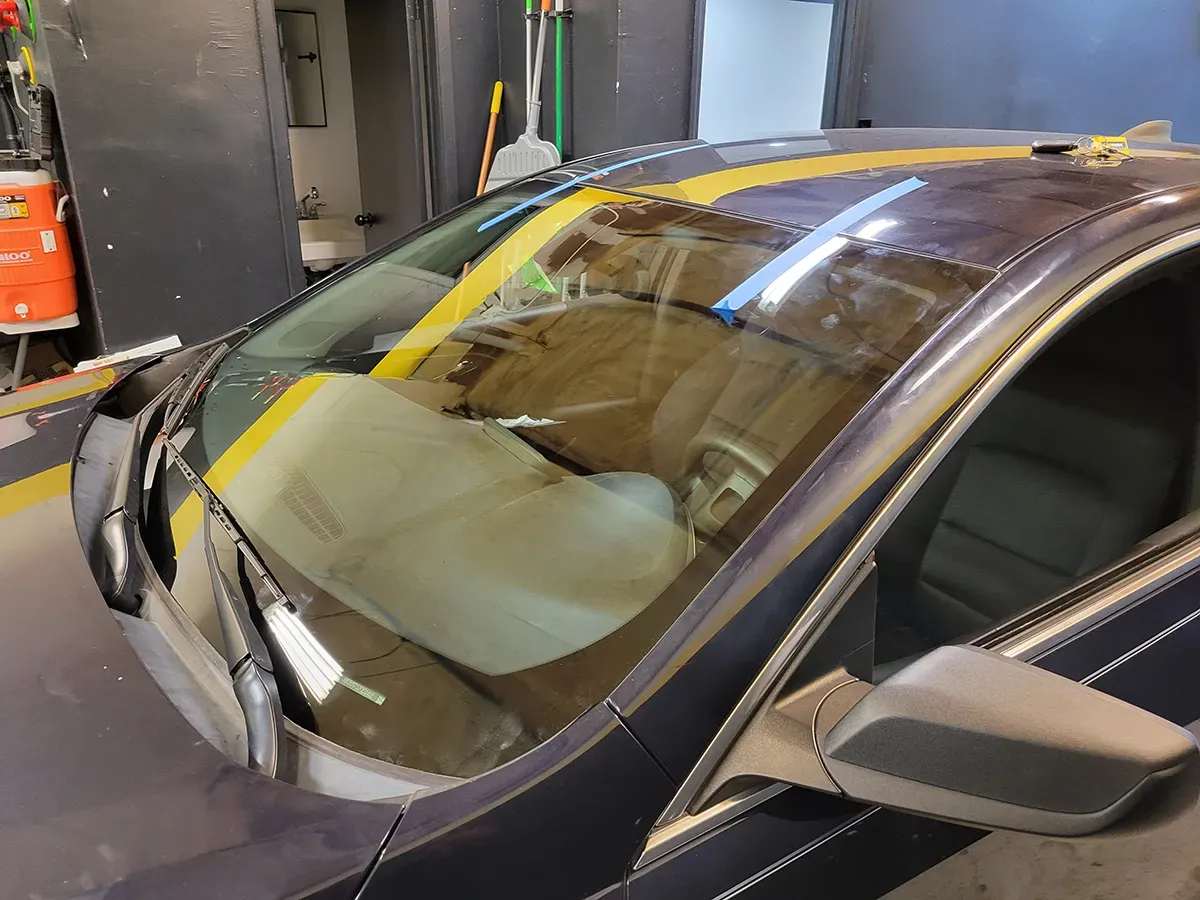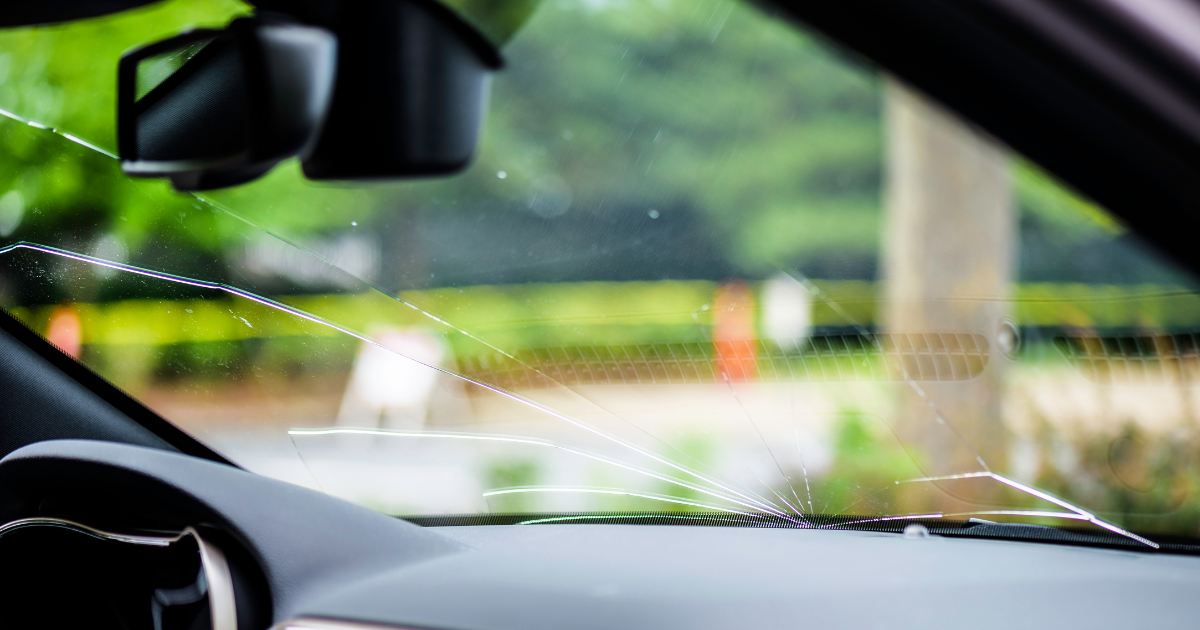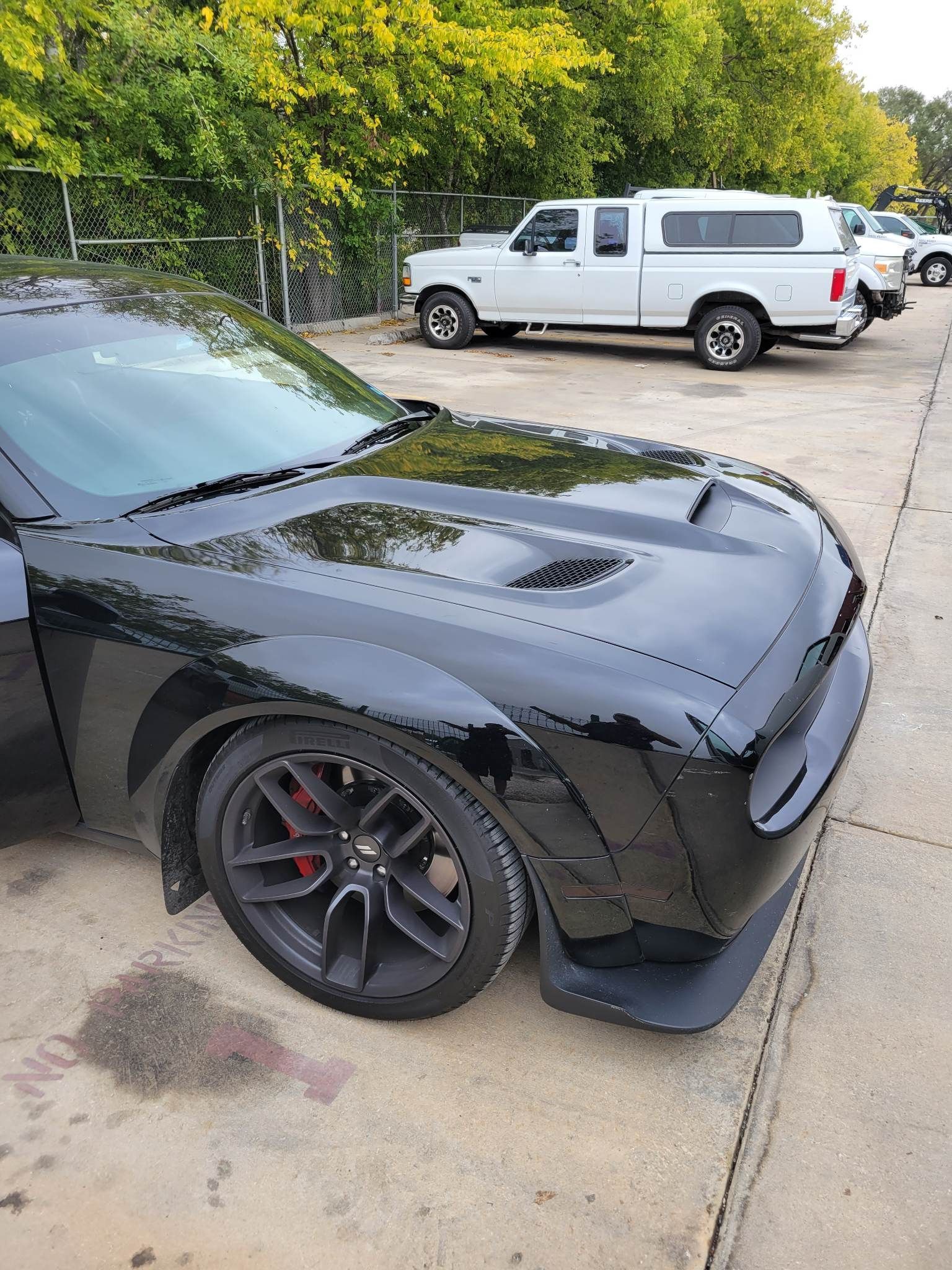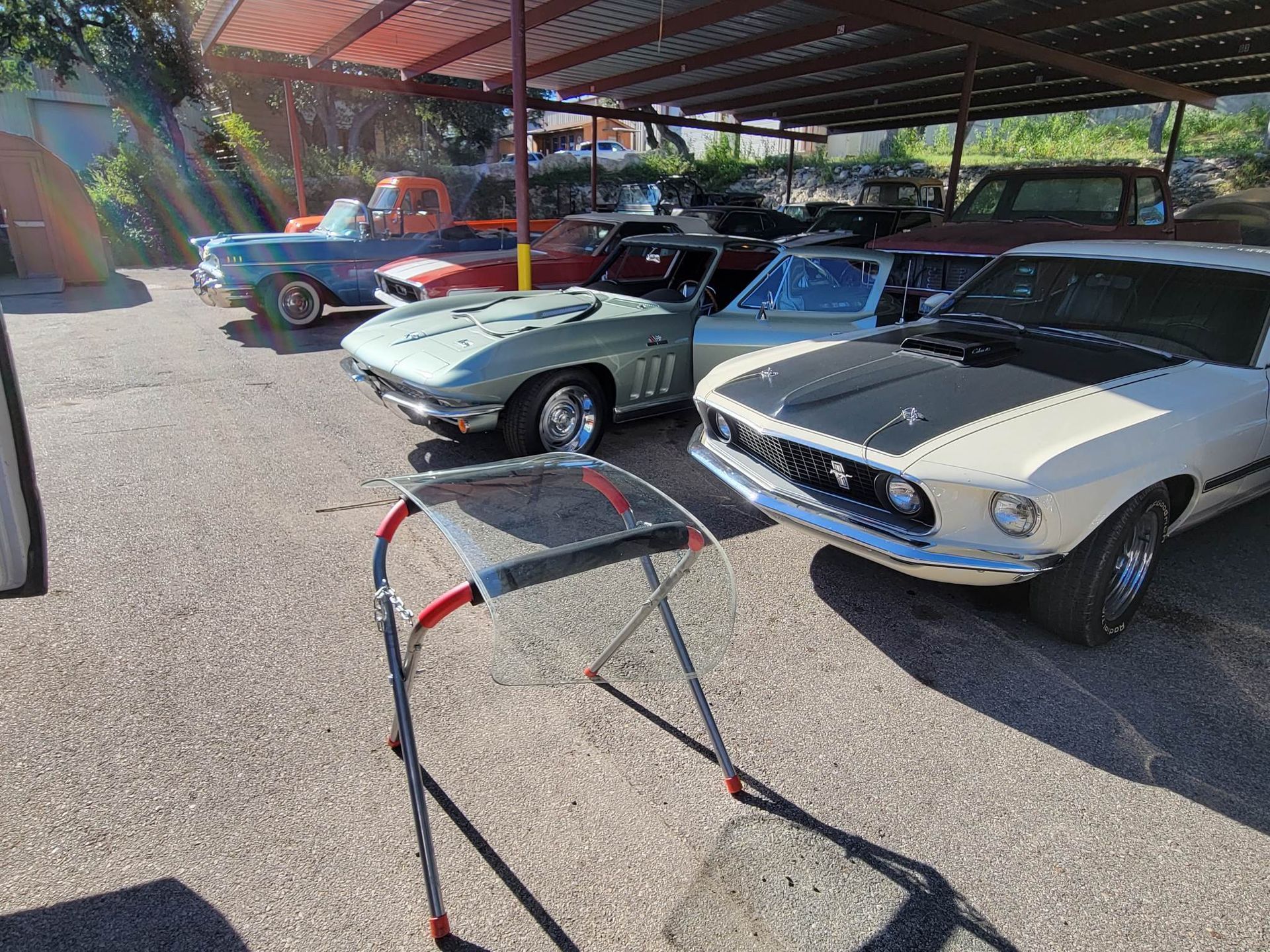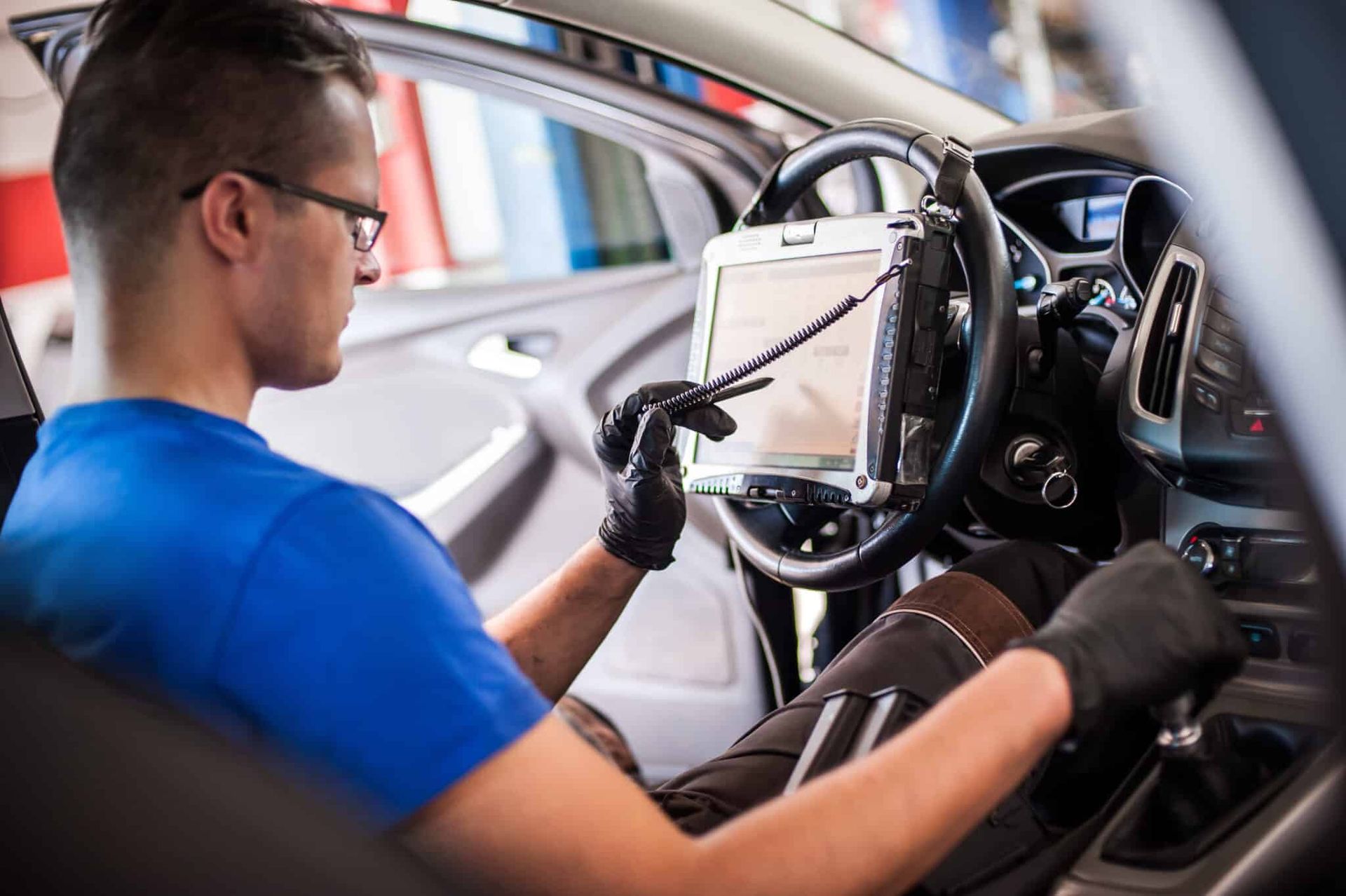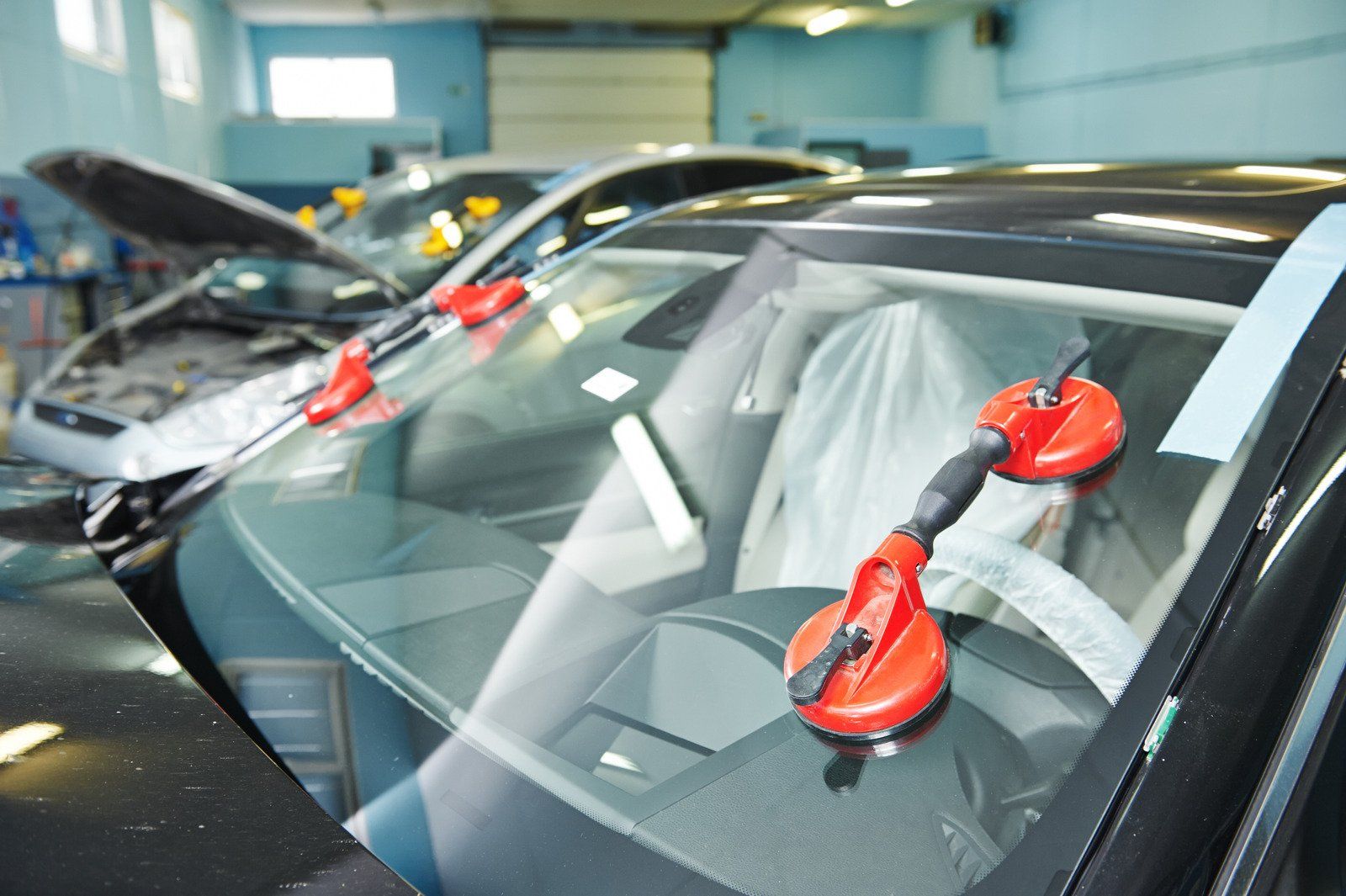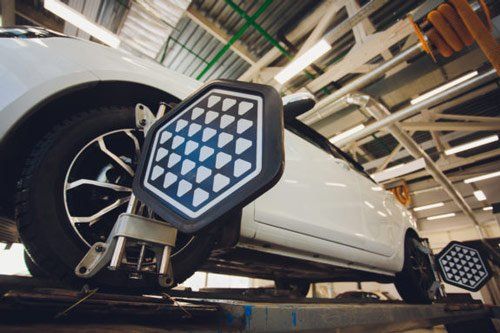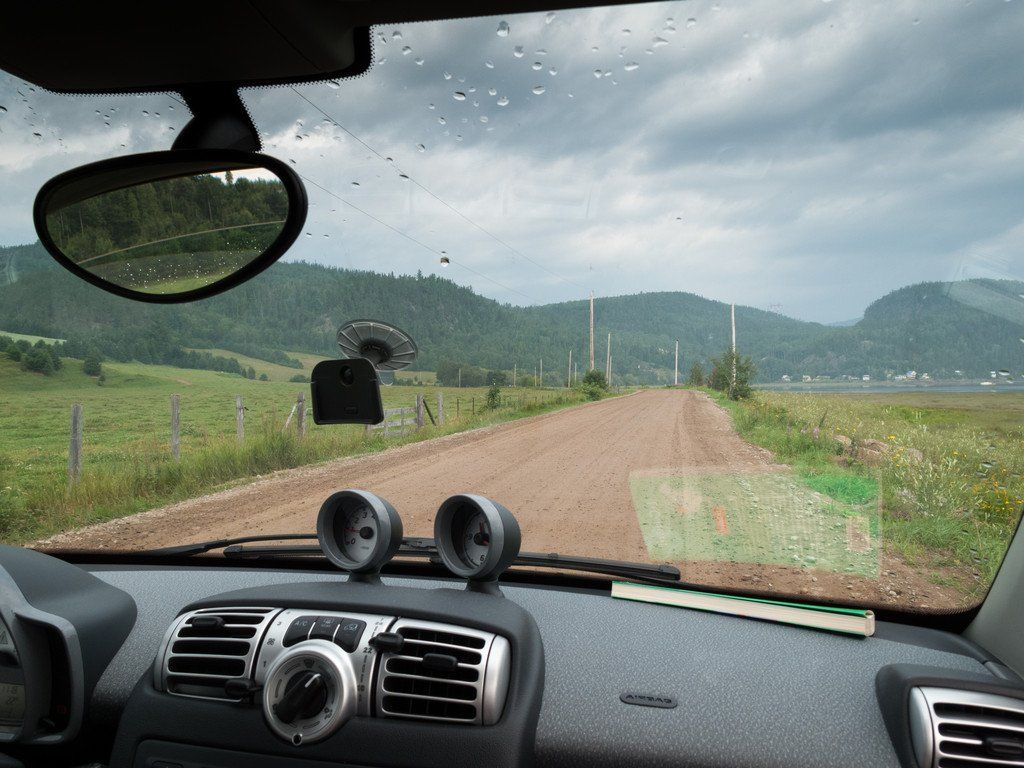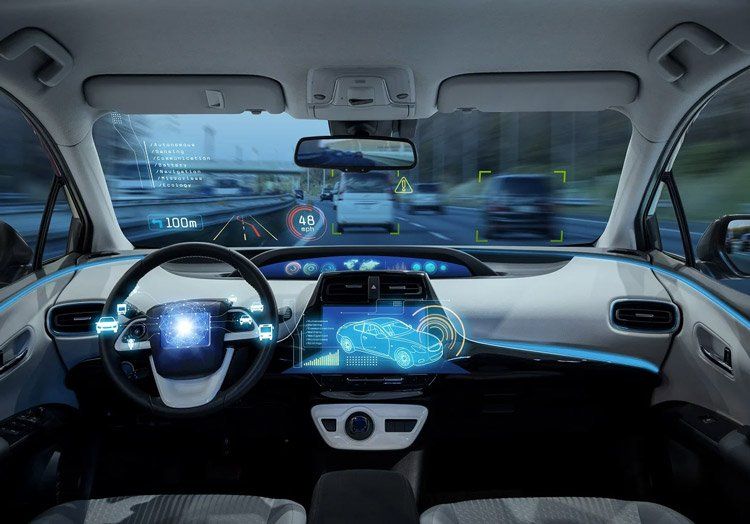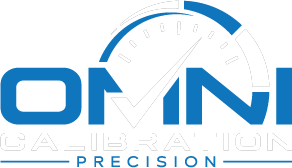The Role of Auto Glass Self-Calibration in Vehicle Safety | Omni Calibration
In the rapidly evolving landscape of automotive technology, Advanced Driver Assistance Systems (ADAS) have become a cornerstone of vehicle safety and efficiency. Integral to the optimal functioning of these systems is the concept of
auto glass self-calibration – a sophisticated process that ensures the precise alignment of ADAS components with the vehicle's windshield and auto glass. This article delves into the mechanics, importance, and benefits of self-calibrating methods in auto glass alignment, underscoring their crucial role in modern vehicular safety.
Understanding Self-Calibration in Auto Glass
Self-calibration in the context of auto glass is an innovative approach where systems autonomously adjust and align based on internal standards or external cues. This technology is vital for the proper functioning of ADAS, which includes features like lane departure warnings, adaptive cruise control, and collision avoidance systems. The calibration process ensures that cameras and sensors integrated into the vehicle’s windshield are precisely aligned, enabling them to accurately interpret and react to the external driving environment.
Key Components and Mechanisms
The self-calibration process hinges on several key components: sensors, cameras, and advanced software algorithms. Sensors and cameras are strategically placed in and around the auto glass to gather real-time data about the vehicle's surroundings. These inputs are then processed by sophisticated software algorithms, which adjust the ADAS components for optimal alignment. Feedback mechanisms play a critical role in this system, continually refining the calibration in response to changing environmental conditions and driving scenarios.
Alignment Procedures and Technologies
Auto glass self-calibration employs a variety of alignment procedures and technologies, each tailored to the specific requirements of different vehicle models and ADAS configurations.
Mechanical Alignments in Auto Glass
Mechanical alignments involve adjusting the physical positioning of sensors and cameras in the auto glass. This process is critical for ensuring that these components are correctly oriented to capture accurate data.
Optical and Laser Alignments
Optical and laser technologies offer high precision in aligning ADAS components. Laser aligners, for instance, are used to calibrate cameras and sensors to a vehicle’s specific geometric parameters, ensuring the accuracy of the ADAS functionality.
Sensor and Instrument Alignments in Vehicles
Sensor alignment is crucial for the effective functioning of ADAS. It involves calibrating various sensors, including radar, LIDAR, and ultrasonic sensors, which are essential for functions like automatic emergency braking and blind-spot detection.
Benefits of Self-Calibration in Auto Glass
The implementation of self-calibration in auto glass brings numerous benefits, chief among them being increased accuracy and precision, as well as time and cost efficiency.
Improved Accuracy and Precision
Self-calibration significantly enhances the accuracy and precision of ADAS. By ensuring that sensors and cameras are perfectly aligned, these systems can accurately detect and respond to road conditions, obstacles, and traffic signs, thereby enhancing overall vehicle safety and performance.
Time and Cost Efficiency
Self-calibration methods reduce the need for manual recalibration, thereby saving significant time and costs associated with ADAS maintenance. This automated process reduces downtime for vehicles, ensuring they are safer on the roads without extensive labor or time-intensive adjustments.
The Insurance Institute for Highway Safety (IIHS) offers research and case studies on the
impact of ADAS on vehicle safety.
Real-World Applications in the Automotive Industry
In practice, self-calibration technology has made significant impacts on vehicle safety and functionality across various automotive brands and models. Manufacturers are increasingly integrating self-calibration capabilities into their vehicles to ensure that ADAS operates at peak efficiency.
Case Studies and Impact
Several case studies highlight the effectiveness of self-calibration in improving vehicle safety. For instance, in some luxury vehicle models, self-calibration has been shown to reduce the incidence of collisions related to blind spots and lane departures. Similarly, in commercial vehicles, calibrated ADAS has led to a marked decrease in rear-end collisions.
Challenges and Considerations
While self-calibration offers numerous advantages, it also presents certain challenges and considerations that need to be addressed for optimal functionality.
Technical Challenges
One of the main challenges in implementing self-calibration is ensuring compatibility with the diverse range of ADAS technologies and vehicle models. Additionally, the accuracy of self-calibration can be affected by factors like sensor damage, windshield replacements, and software glitches.
Maintenance and Troubleshooting
Regular maintenance
and checks are essential to ensure the ongoing effectiveness of self-calibrated systems. Vehicle owners and technicians need to be vigilant for signs of misalignment, such as ADAS warnings or changes in vehicle handling. Troubleshooting these sophisticated systems often requires specialized diagnostic tools and expertise.
Future of Auto Glass Self-Calibration
The future of auto glass self-calibration is promising, with ongoing technological advancements and emerging trends shaping its evolution. Innovations in sensor technology, software algorithms, and integration methods are continually enhancing the precision and reliability of self-calibration systems.
Technological Advancements
Emerging technologies like artificial intelligence (AI) and machine learning are being integrated into self-calibration systems, enabling them to learn and adapt to diverse driving conditions and scenarios more effectively. Additionally, advancements in sensor technology are leading to more compact, efficient, and robust calibration systems.
Potential Applications
Looking ahead, self-calibration technology is set to become even more integral in the development of autonomous vehicles. As vehicles become increasingly reliant on ADAS for autonomous operations, the accuracy and reliability of self-calibration systems will be paramount. Furthermore, there's potential for this technology to be adapted to other areas of vehicle safety and maintenance, offering even broader applications.
Conclusion
Auto glass self-calibration represents a significant leap forward in the pursuit of safer, more efficient driving experiences. Through its enhanced accuracy, cost efficiency, and adaptability, this technology is setting new standards in vehicle safety and functionality. As the automotive industry continues to evolve, the role of self-calibration in maintaining and enhancing vehicle performance will undoubtedly expand, paving the way for safer roads and more reliable vehicles.
In sum, auto glass self-calibration is not just a technological advancement; it's a vital component in the future of automotive safety, demanding the attention and understanding of vehicle owners, technicians, and enthusiasts alike. As we embrace this transformative technology, we step closer to a future where road safety is significantly enhanced by the marvels of automotive innovation.
